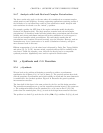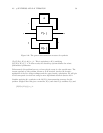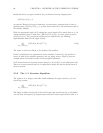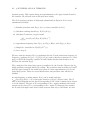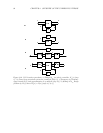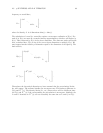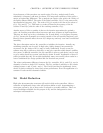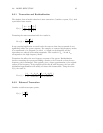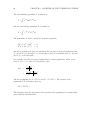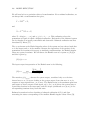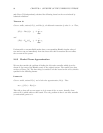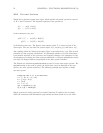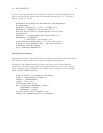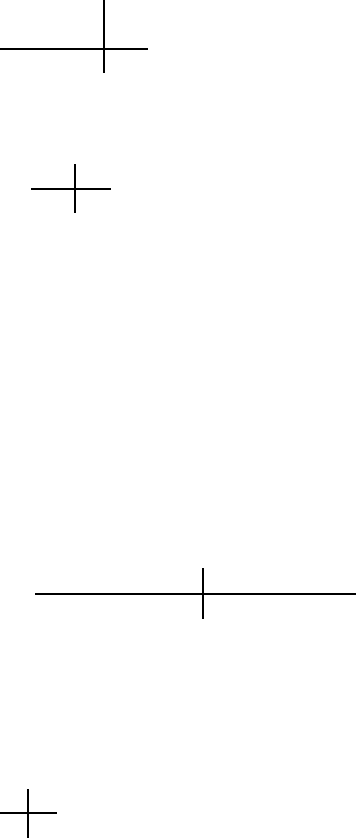
2.6. MODEL REDUCTION 65
2.6.1 Truncation and Residualization
The simplest form of model reduction is state truncation. Consider a system, P(s), with
a partitioned state matrix,
P(s)=
A
11
A
12
B
1
A
21
A
22
B
2
C
1
C
2
D
.
Truncating the states associated with A
22
results in,
P
trun
(s)=
A
11
B
1
C
1
D
.
In any practical application we would order the states so that those truncated do not
significantly affect the system response. For example, to truncate high frequency modes,
A is transformed to be diagonal (or with 2 × 2 blocks on the diagonal) and the
eigenvalues are ordered in increasing magnitude. This results in A
21
=0andA
22
corresponds to the high frequency modes.
Truncation also affects the zero frequency response of the system. Residualization
involves truncating the system and adding a matrix to the D matrix so that the zero
frequency gain is unchanged. This typically gives a closer approximation to the original
system at low frequency. If the original system rolls off with frequency, the low order
residualized approximation will usually not share this characteristic. Using the above
P(s), the result is,
P
resid
(s)=
A
11
− A
12
A
−1
22
A
21
B
1
− A
12
A
−1
22
B
2
C
1
− C
2
A
−1
22
A
21
D − C
2
A
−1
22
B
2
.
2.6.2 Balanced Truncation
Consider a stable state-space system,
P(s)=
A
B
C D
.




